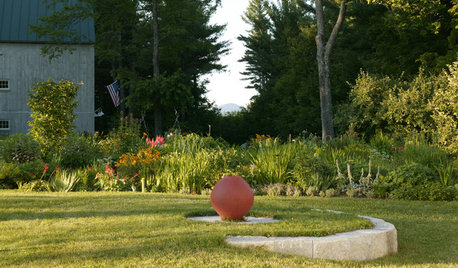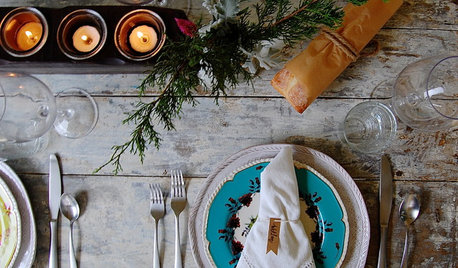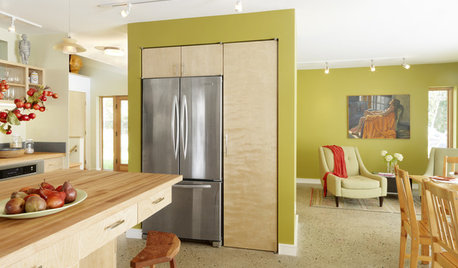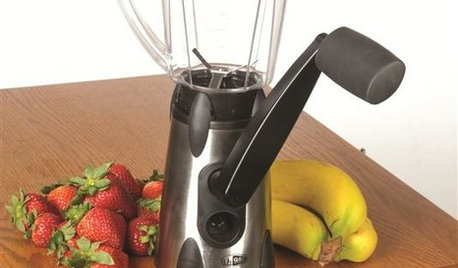garden planning for less dependency on electricity?
elisa_z5
11 years ago
Related Stories

LANDSCAPE DESIGNGet Along With Less Lawn — Ideas to Save Water and Effort
Ditch the mower and lower your water bill while creating a feast for the eyes with diverse plantings and gathering places
Full Story
SAVING WATERXeriscape Gardens: How to Get a Beautiful Landscape With Less Water
Conserve water and make gardening much easier with the xeriscape approach’s 7 principles
Full Story
LANDSCAPE DESIGNWhen Less Is Really More in Your Garden
8 ways you can make a powerful garden statement by embracing simplicity and surroundings
Full Story
HOMES AROUND THE WORLDA Kitchen That Looks Less Kitchen-y
A sleek redesign transforms an open-plan room from a cramped corridor to a cooking-living hub
Full Story
HOLIDAYSSpend Less Without Being a Grinch: 8 Holiday Ideas
Give meaningful gifts and use nature's decor to work holiday magic without blowing your budget
Full Story
FEEL-GOOD HOME21 Ways to Waste Less at Home
Whether it's herbs rotting in the fridge or clothes that never get worn, most of us waste too much. Here are ways to make a change
Full Story
BEFORE AND AFTERSA ‘Brady Bunch’ Kitchen Overhaul for Less Than $25,000
Homeowners say goodbye to avocado-colored appliances and orange-brown cabinets and hello to a bright new way of cooking
Full Story
REMODELING GUIDESGet the Look of a Built-in Fridge for Less
So you want a flush refrigerator but aren’t flush with funds. We’ve got just the workaround for you
Full Story
FEEL-GOOD HOMESimple Pleasures: 10 Ideas for a Buy-Less Month
Save money without feeling pinched by taking advantage of free resources and your own ingenuity
Full Story
ACCESSORIESEasy Green: Cut Electricity Use With 15 Unplugged Home Devices
Crank up the energy savings, courtesy of household items that come into power the old-fashioned way: manually
Full StorySponsored
Most Skilled Home Improvement Specialists in Franklin County
More Discussions






chervil2
glib
Related Professionals
Ferndale Landscape Architects & Landscape Designers · Fort Lee Landscape Architects & Landscape Designers · Garden City Landscape Architects & Landscape Designers · Kapaa Landscape Architects & Landscape Designers · Walnut Landscape Architects & Landscape Designers · Forest City Landscape Architects & Landscape Designers · Deerfield Beach Landscape Contractors · Fair Oaks Landscape Contractors · Harrisburg Landscape Contractors · Petaluma Landscape Contractors · The Woodlands Landscape Contractors · Selma Landscape Contractors · Concord Driveway Installation & Maintenance · Rehoboth Driveway Installation & Maintenance · Parker Driveway Installation & Maintenancepnbrown
jean001a
jrslick (North Central Kansas, Zone 5B)
nc_crn
nc_crn
sunnibel7 Md 7
jonfrum
glib
flora_uk
elisa_z5Original Author
pnbrown
glib
elisa_z5Original Author
Edymnion
albert_135 39.17°N 119.76°W 4695ft.
elisa_z5Original Author
pnbrown
Edymnion